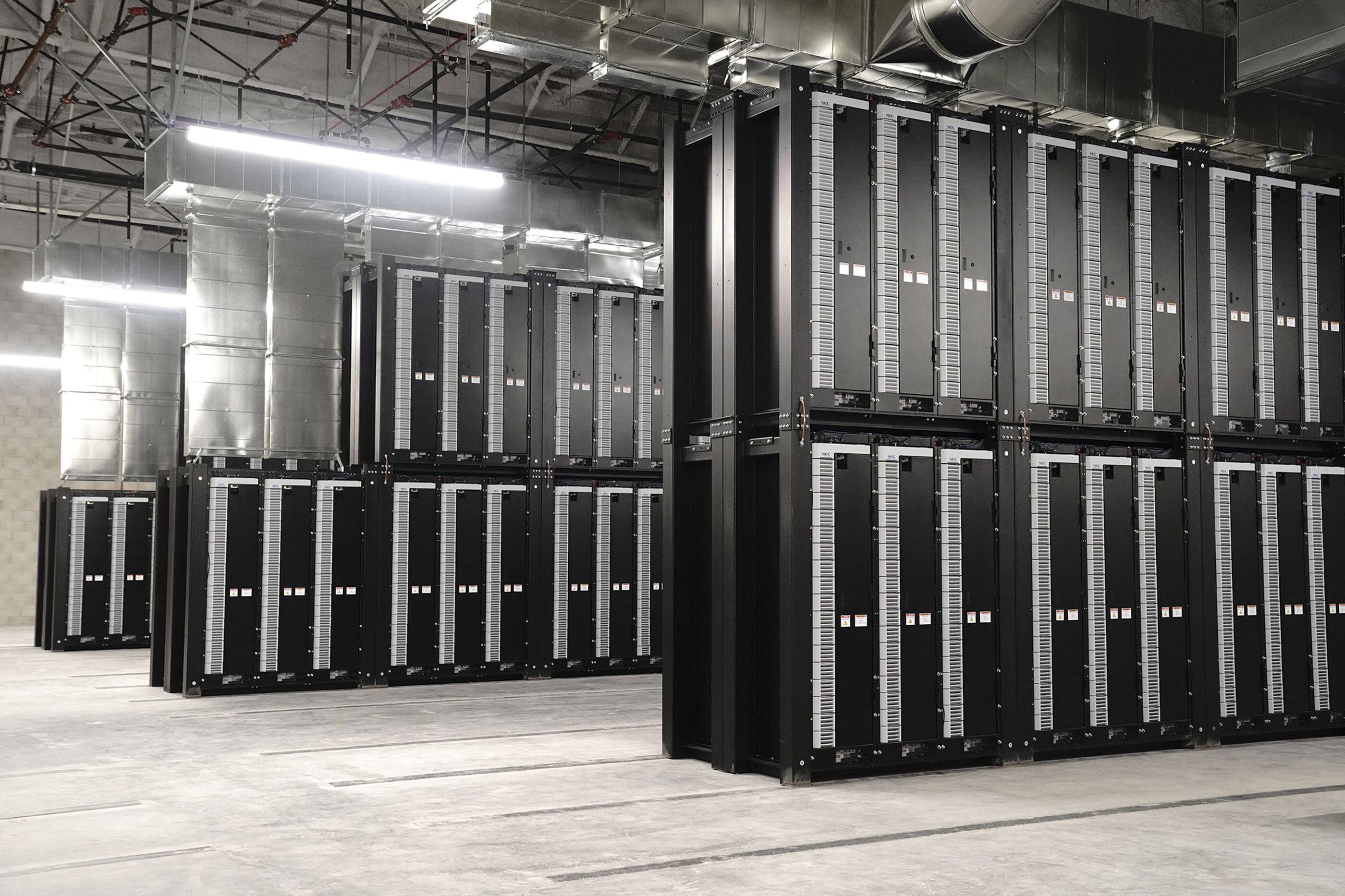In a net-zero future, there would be almost no power plants with uncontrolled emissions. But at the start of this year’s presidential campaign, way back in the spring of 2019, climate wonks and even activists assumed that future would remain a generation—and several technical innovations—away. That started to change this summer. In a surprise move for a cautious candidate, Joe Biden put a 100% clean grid at the core of his climate agenda. Even more remarkable was his proposed timeline: 15 years. It was startlingly ambitious, considering his prior goals for eliminating emissions focused on a more gradual and familiar 30-year timetable.
“It would be an unprecedented nation-building effort, the type of thing we haven’t seen since the New Deal and the Work Progress Administration,” says Jesse Jenkins, an assistant professor of engineering at Princeton. “It took us 100 years to build the current grid.”
Now that Biden has won, the question is real: Can anyone build a clean grid that fast? And for that matter, where did an idea this big come from in the first place?
The fast-and-green strategy didn’t evolve from an existing policy approach inside the U.S. or elsewhere. The earliest state-level deadline to decarbonize a power grid, in New York state, allows an extra half-decade. China, the European Union, Japan—none provides a template. Austria and Sweden, whose combined populations are smaller than that of the New York City metropolitan area, have 100% renewable targets coming due in the next 20 years.

Yet the president-elect didn’t conjure 2035 out of thin air. The idea had been percolating for more than a year among energy analysts and Democratic policy wonks before it ended up in Biden’s white papers. There’s a growing belief that the goal is not only reachable, but also could hold the key to decarbonizing much of the economy.
“It’s the economic reality that’s hitting us now, that we can get there much faster and cheaper than we thought,” says Sonia Aggarwal, vice president of Energy Innovation, a nonpartisan research firm that worked with Berkeley to map out ways the U.S. could achieve a carbon-free grid by 2035. “The amount of people now in Washington, D.C., who are talking about these earlier dates is really exciting to me, and we’re starting to see that shift happening,” she says.

But the 2035 grid idea actually came from Biden’s defeated rivals in the Democratic primary—in particular, Washington Governor Jay Inslee. He ran for the nomination on a maverick climate agenda. Among his pledges: to decarbonize the grid by 2035. The date came from a singular instruction Inslee gave his policy team, says Bracken Hendricks, a senior adviser at the time. “He gave us a mandate to come up with a plan that was as ambitious as humanly possible,” Hendricks recalls, “but also trustworthy enough to implement on Day 1.”
The team talked to scientists and researchers, including those at Energy Innovation. It also looked at existing state plans. For decades, states had been ordering utilities to use more renewable power, with the first such standard passed in 1983 by a Republican governor of Iowa. The private sector responded—slowly at first, then with gathering speed as prices plunged. Says Sam Ricketts, another member of Inslee’s policy team: “Given direction, states were hitting their targets way ahead of time.”
Inslee’s wonks came to believe in a virtuous circle. If Washington set clear market mandates backed by a well-financed research and development budget, it would be possible for states, private companies, and capital markets to move quickly. “When you set clear targets, things tend to accelerate,” Hendricks says.
